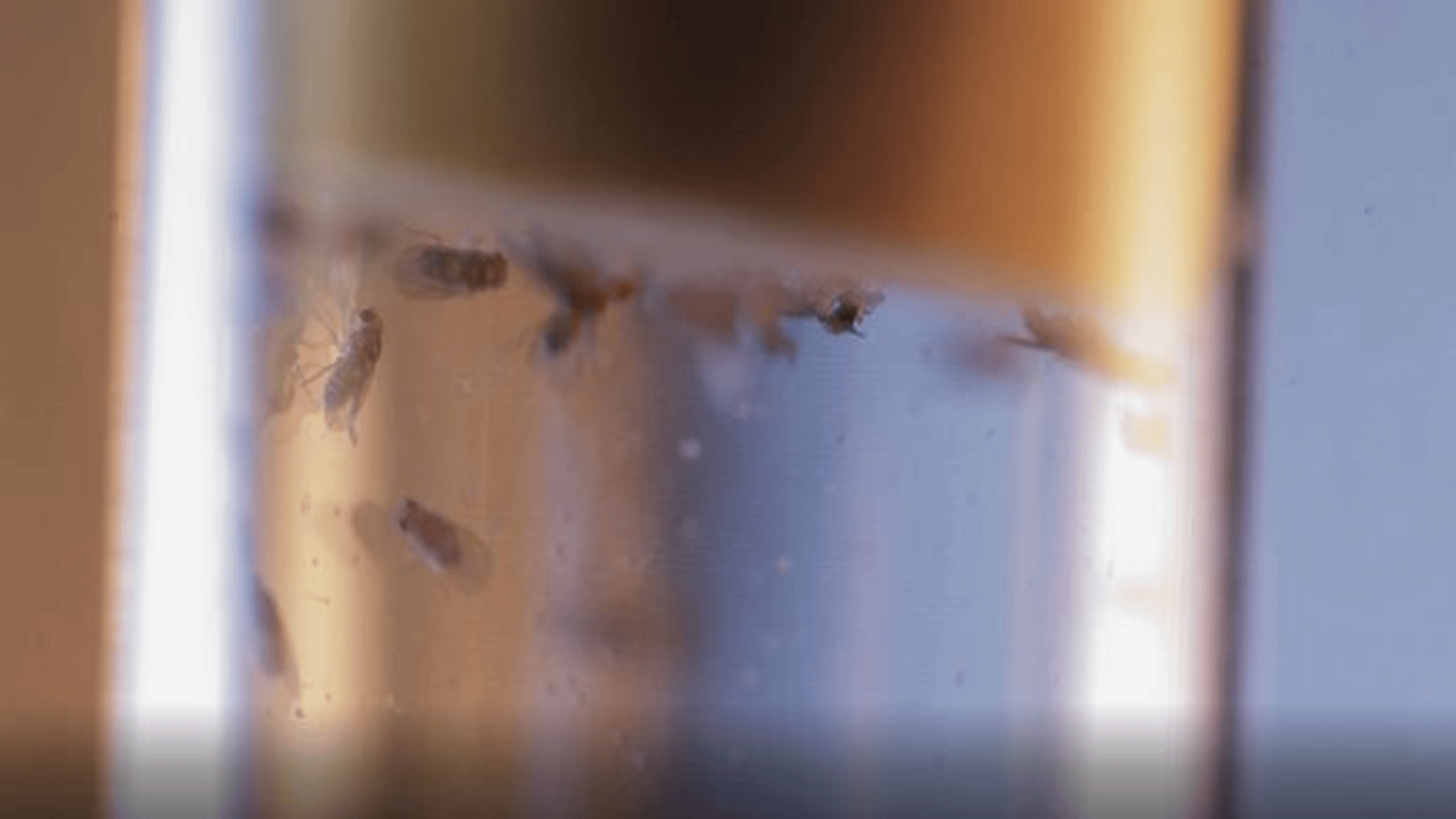Researchers in a new study zoomed in on the function of sleep using a common fruit fly to find out how animals rest yet remain alert to danger, even when sleeping.
Previously, study authors explained that an organism has to reduce its response to stimuli enough to fall asleep but alert enough to respond to external dangers.
A team from Charité’s Institute of Neurophysiology, headed by Prof. David Owald, investigates the intricacies of sleep using a fruit fly, or Drosophila. Due to their small brains, these tiny insects are well-suited to studying this neurological process, study authors explained in a recent press release. Their findings might reveal a universal principle of sleep. However, further research must be conducted to make conclusive statements.
How can flies sleep and be able to wake up?
The study published in Nature elucidated a fascinating phenomenon of sleep, an essential process for regeneration and memory formation. But how we all do it, animals, while remaining somewhat capable of receiving stimulus if needed, remains slightly mysterious to science.
Just like humans, flies get tired at the end of the day. At that time, two different brain networks generate slow, synchronous electrical waves known as slow waves that connect visual stimuli with brain regions required for navigation. One activates and the other inhibits a fly’s ability to respond to visual stimuli.
“If both networks are active at the same time, the inhibitory network wins and the processing of the stimuli is blocked,” explains Dr. Davide Raccuglia, lead author of the study, in a press release. “So the fly gently phases out its surroundings and is able to fall asleep.”
What they came to discover, however, is that a fly, just like a human, can be woken up.
Rhythmic fluctuations in the electrical waves
Researchers believe rhythmic fluctuations in the electrical waves make breaking through the sleep barrier possible. The electrical voltage of nerve cells oscillates up and down once per second, according to the press release. Dr. Raquel Suaréz-Grimalt, the study’s first author, continued to speculate that when the voltage is high, “there’s a short window of time during which information can pass through the sleep filter.”
And that’s exactly how researchers described it: a window.
“During this period, strong visual stimuli could overcome the subtle dominance of the inhibitory brain network, in a sense opening the window so that the fly reacts,” Dr. Suaréz-Grimalt explained.
Though their findings would need to be validated by further research, what they found thus far is that the fly’s brain “finely attunes activating and inhibiting networks during sleep.” They compared it to a window left ajar:
“…The draught, in other words, the transmission of stimuli, is interrupted, but a strong gust of wind can push the window open, and likewise a strong stimulus can wake the animal up,” said Owald.
And what does this mean for humans?
The slow waves emitted during sleep create an opportunity for intense stimuli to wake up a sleeping fly. Human sleep is, too, characterized by slow waves. So their question is: “Is it possible that our brain balances periods of rest and attention according to the same principle?”
“In humans, we know of a structure in the brain that filters stimulus information and is involved in shaping oscillatory activity – the thalamus,” concludes David Owald in a press release. “Consequently, there could be parallels here to the processes in the fly brain, so this could actually reflect a universal principle of sleep. However, further investigations will be required to prove this.”
